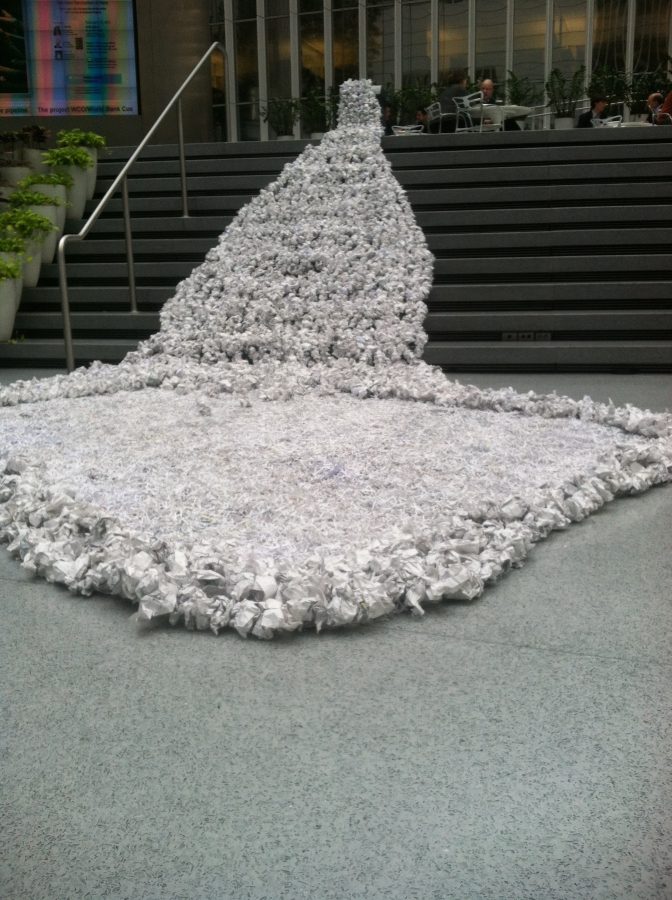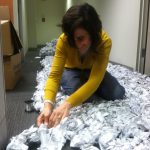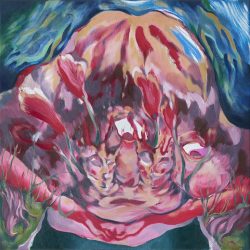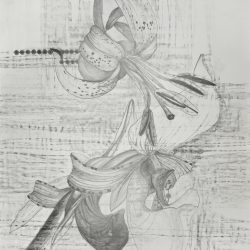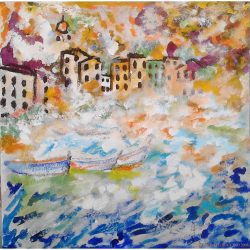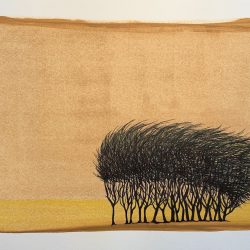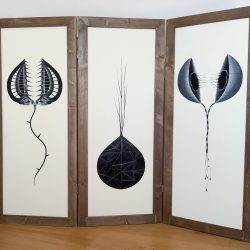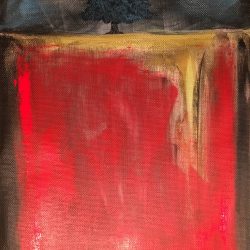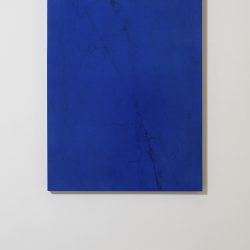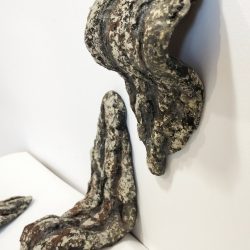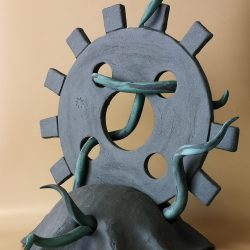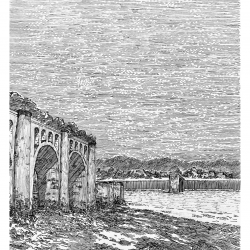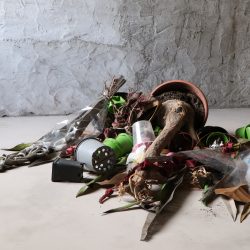work
Cascade
| category | Installation |
| subject | Nature |
| tags | |
| base | 365 cm |
| height | 915 cm |
| depth | 60 cm |
| year | 2017 |
These is a piece made of little balls of wrapped paper "As an artist and having worked at the World Bank and in partnership with the Corporate Responsibility department,
I felt the responsibility to create a visual object that engages one of the most pressing ethical issues of our time.
In its design and its concrete materials Cascade embodies two simple questions: Where are we going with our monumental waste of the resources of nature? And better still, are we capable of stopping the cascade of waste we have set in motion?
These are open questions. Their answer should be the responsibility of all of us."
The message was now clear. We are all part of that piece of art and at the same time each of us is responsible for the paper that we collectively consume, the trees that are felled to produce paper and the solid waste to which paper contributes in our landfills.
The guiding idea for my work was to create a piece of art with paper that would otherwise be wasted, and to reuse that paper instead, re-invent it, reshape it, rethink it, transform it into something not wasted but recovered.
Having in mind some facts—that it takes 10 liters of water to make one piece of A4 paper or that 93% of paper comes from trees should be enough to make us feel our own responsibility in as consumers of paper and as keepers of our earthly resources.
What can we do to reduce paper pollution and waste? This is an open question, and to answer it is the responsibility of each one of us.
TAKE A PIECE of paper. Crumple it. Before you sink a three-pointer in the corner wastebasket, consider that you’ve just created an object of extraordinary mathematical and structural complexity, filled with mysteries that physicists are just starting to unfold.
I felt the responsibility to create a visual object that engages one of the most pressing ethical issues of our time.
In its design and its concrete materials Cascade embodies two simple questions: Where are we going with our monumental waste of the resources of nature? And better still, are we capable of stopping the cascade of waste we have set in motion?
These are open questions. Their answer should be the responsibility of all of us."
The message was now clear. We are all part of that piece of art and at the same time each of us is responsible for the paper that we collectively consume, the trees that are felled to produce paper and the solid waste to which paper contributes in our landfills.
The guiding idea for my work was to create a piece of art with paper that would otherwise be wasted, and to reuse that paper instead, re-invent it, reshape it, rethink it, transform it into something not wasted but recovered.
Having in mind some facts—that it takes 10 liters of water to make one piece of A4 paper or that 93% of paper comes from trees should be enough to make us feel our own responsibility in as consumers of paper and as keepers of our earthly resources.
What can we do to reduce paper pollution and waste? This is an open question, and to answer it is the responsibility of each one of us.
TAKE A PIECE of paper. Crumple it. Before you sink a three-pointer in the corner wastebasket, consider that you’ve just created an object of extraordinary mathematical and structural complexity, filled with mysteries that physicists are just starting to unfold.



